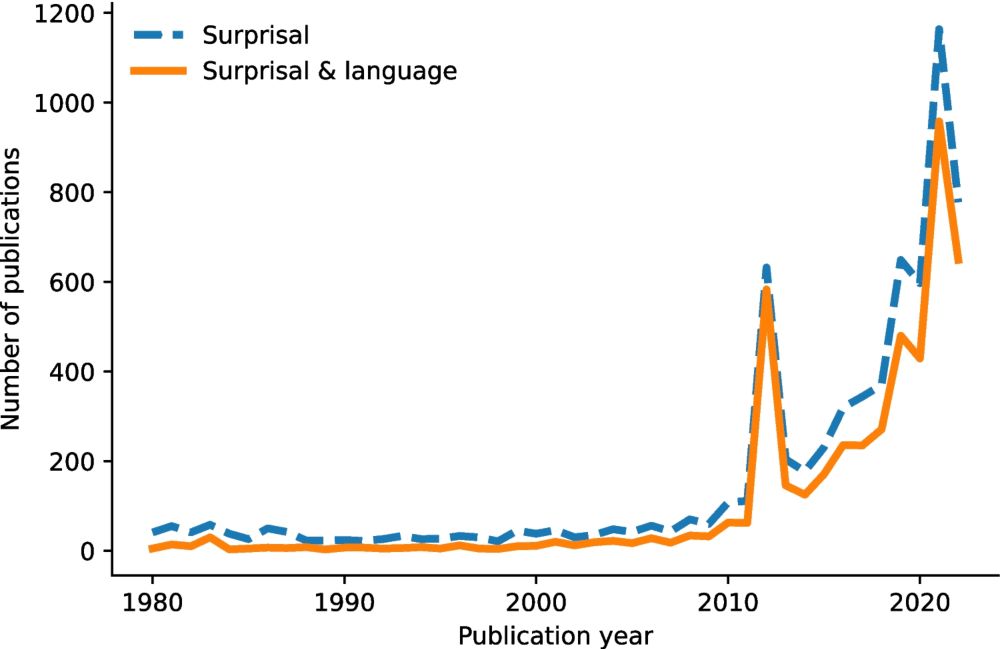
open.substack.com/pub/creative...

open.substack.com/pub/creative...

High-fidelity text is an increasingly unreliable proxy for judging human expertise. Here's my proposal for a set of five axes along which communication can embed computationally/biographically expensive signals that are somewhat difficult to counterfeit:

High-fidelity text is an increasingly unreliable proxy for judging human expertise. Here's my proposal for a set of five axes along which communication can embed computationally/biographically expensive signals that are somewhat difficult to counterfeit:
brand new paper in Computational Brain and Behaviour with @andreaeyleen.bsky.social at @mpi-nl.bsky.social

brand new paper in Computational Brain and Behaviour with @andreaeyleen.bsky.social at @mpi-nl.bsky.social
onlinelibrary.wiley.com/doi/abs/10.1...

onlinelibrary.wiley.com/doi/abs/10.1...


